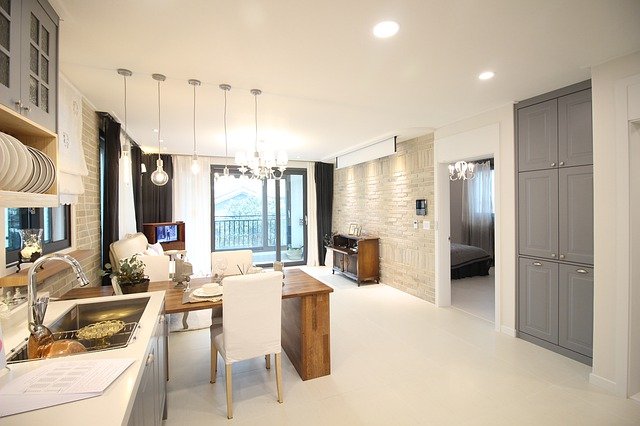There are many different rules to consider when building granny flats and home extensions. These include health and safety regulations and rules, as well as building guidelines and codes. These are all governed by the local government in your area. Granny Flat designs can be more complicated than standard home extensions and often requires the services of a professional home renovation company to ensure that the process goes smoothly and there are no mistakes made. When it comes to home renovations, hiring a professional home renovation company is critical to make sure that the project is completed properly.

Health and safety regulations are very strict and home extensions must comply with these laws if they wish to be built and lived in. Granny Flats requires more careful planning because a larger number of people will be living in the house. It is important to carefully plan out the home’s design and how many residents will be comfortable in the home before building and installing a granny flat. Health and safety regulations state that homes must be designed for “a standard adult lifespan” and that occupants are protected against “unforeseen accidents”. Granny & Co Home Granny Flats designs follow strict protocol on health and safety regulations, through them the design-&-build service of your dream home is achieved.
Granny Flat rules to consider include the size of the home and its purpose. If a home extension is to be used as a home for a woman who is pregnant then it may need to follow the building guidelines for hospital-grade rooms. This is because women are more prone to physical problems during pregnancy. Also, the size and purpose of the home will affect the costs of home extensions. The more the home is used, the higher the cost of the project.
Building rules to consider when building granny flats also include rules on ventilation and lighting. A home extension may be built with an open plan kitchen; however, there will need to be enough space for a washroom. This is especially true of larger home extensions that are being built in areas prone to flooding or sewage contamination. Good building practices in these situations include having separate toilet and bathroom areas on the property.
When it comes to the number of bedrooms in a home extension, homeowners are limited only by their budget and imagination. Granny flats can consist of two or three bedrooms, but can also be built with additional bedrooms that do not connect to the main home. These additional bedrooms can be for guests or for children of the homeowner. The cost of the home extensions depends on the services offered and the number of rooms. Granny flat homes are popular with people who are building home extensions so they can earn extra money.
The rules to consider when building granny flats are meant to assist homeowners who are building new homes for their own use or for someone else. Home extensions can offer a homeowner more living space and a nicer appearance. Before starting a project, make sure to consult a professional builder so that all the plans can be executed correctly. The right builder will ensure that the home extensions will be cost-effective and will meet building regulations.
